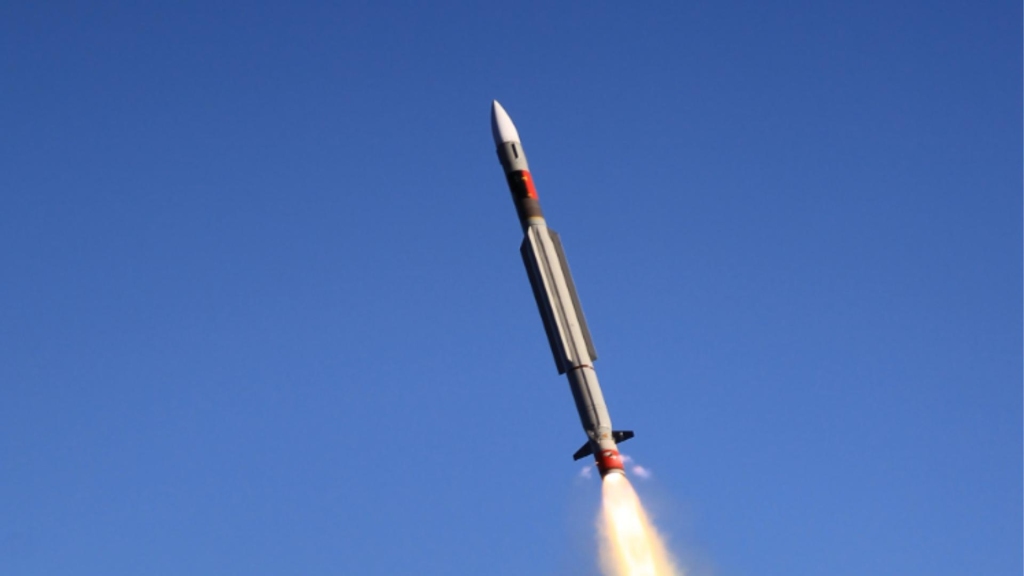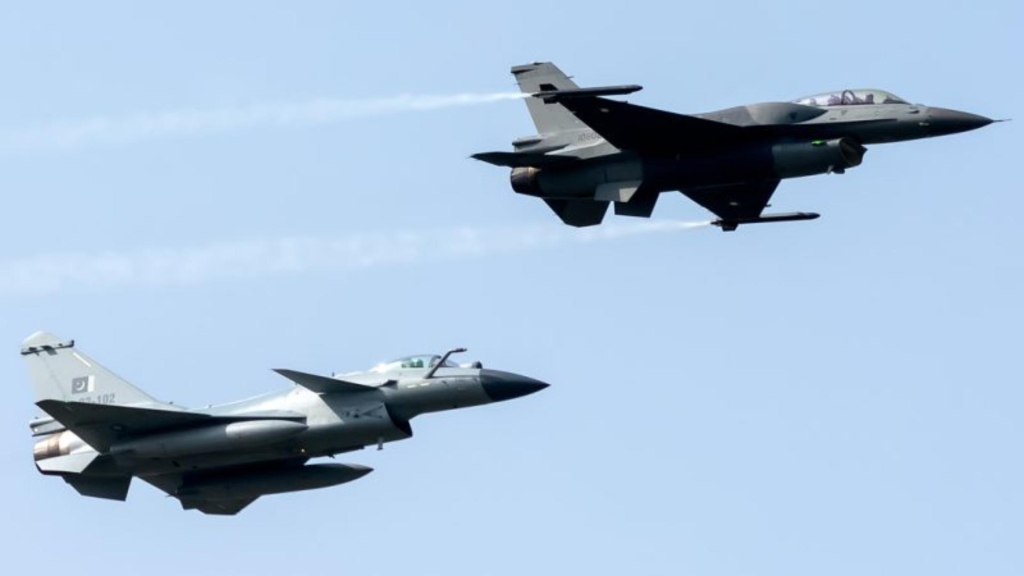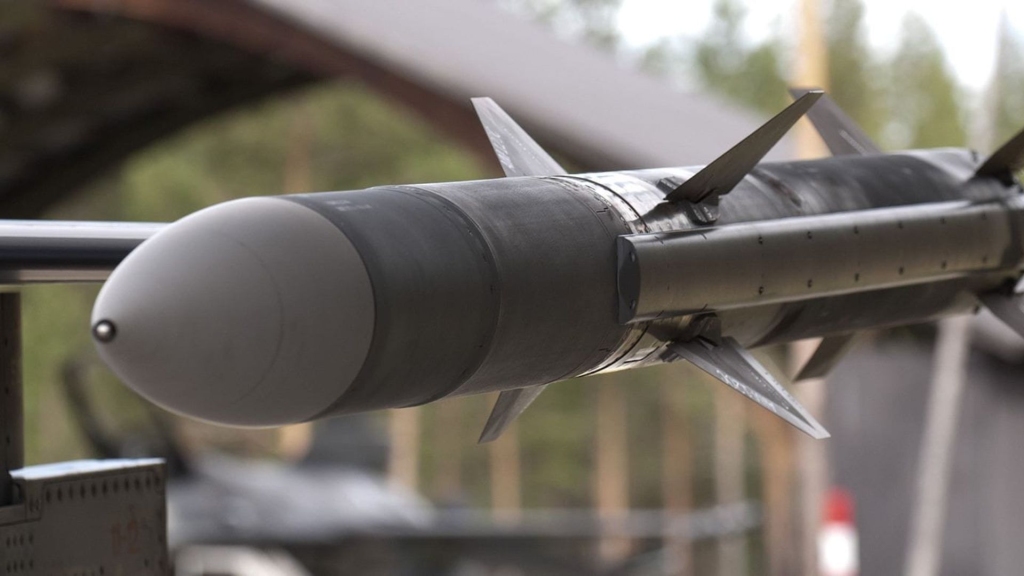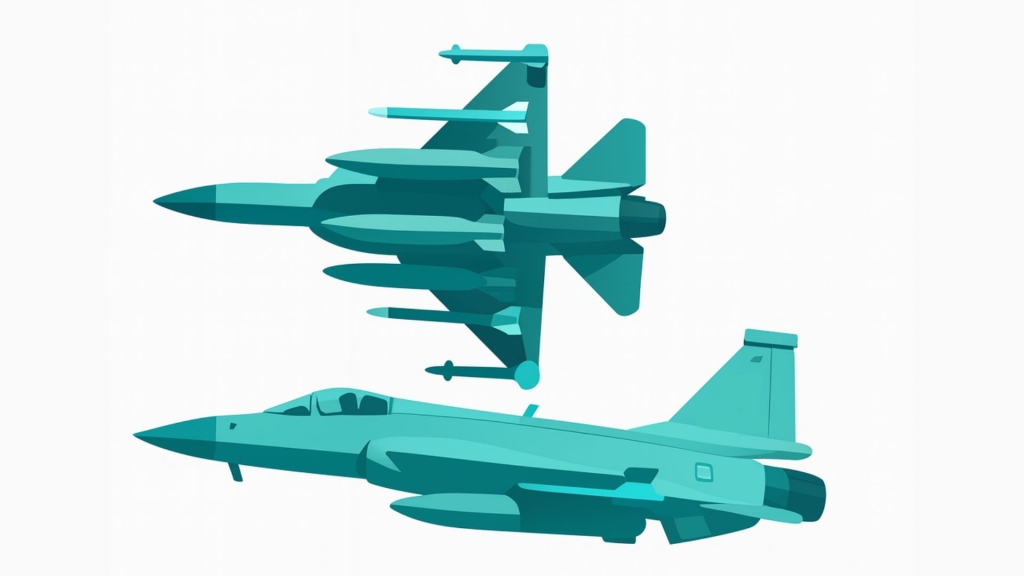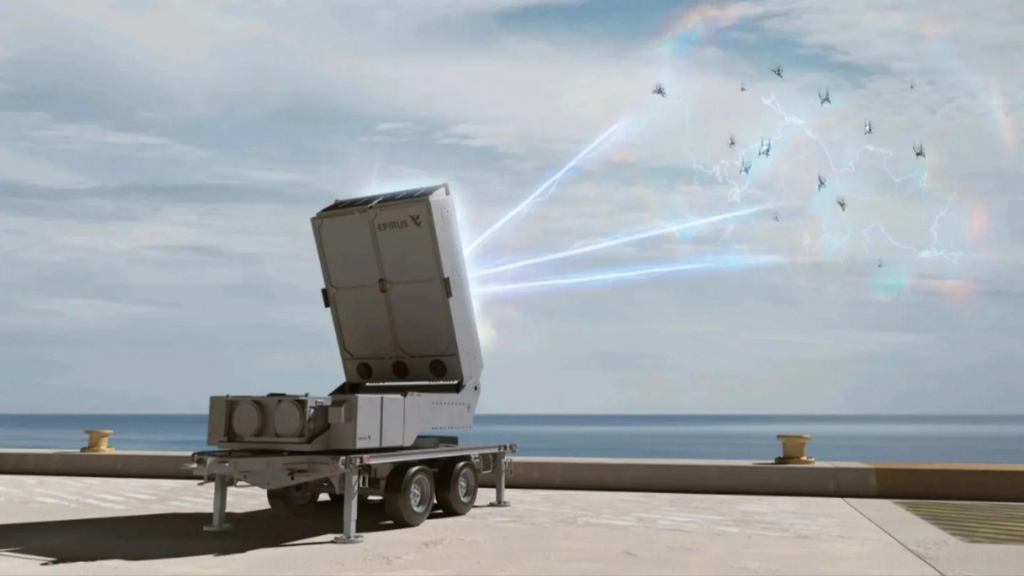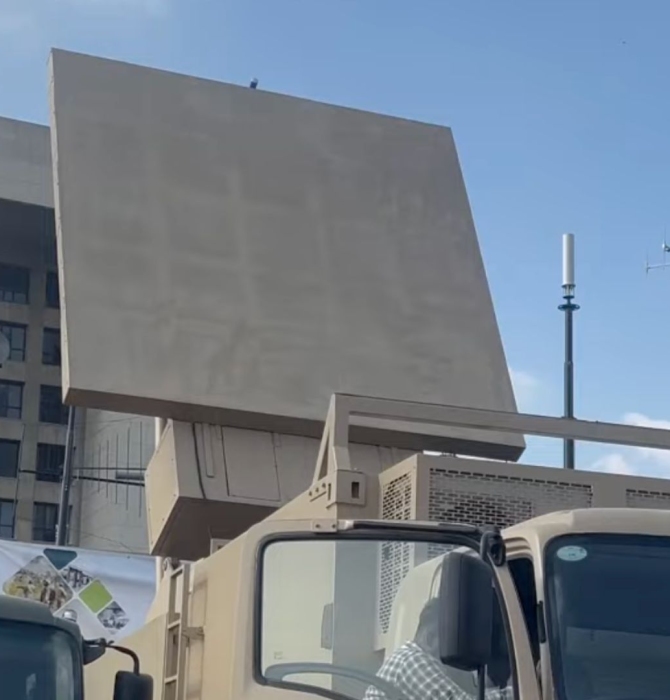6033Views

NASTP SR-3D S-Band Short-Range Radar
The SR-3D (Short-Range 3D) is an S-band air defence radar developed by the Sensor Division of the Pakistan Air Force’s (PAF) National Aerospace Science and Technology Park (NASTP).
NASTP’s SR-3D is a dual-purpose system capable of operating as both a surveillance radar as well as a target acquisition system for use with surface-to-air missiles (SAM).
NASTP states that the SR-3D radar utilizes “cutting-edge technology and digital beamforming”, allowing it to capably detect and track targets, be resilient against enemy electronic countermeasures (ECM)-based jamming, and track targets with low radar cross-sections (RCS).
In addition, the SR-3D will offer a high mean-time-between-failure (MTBF), integration with command and control (C2) systems, modern radar signal processing, and built-in health monitoring and test equipment.
According to a PAF/NASTP representative, the SR-3D is the basis of a longer-ranged and more capable radar that is currently under development. This new radar will have double the range of the SR-3D and is expected to be revealed by late 2026.
SR-3D Specifications
- Frequency: S-Band
- Detection Range: 80 km
- Detection Height: TBC
- Rotation Rate: 30 RPM
- Targets Tracked: TBC
Key Capabilities of the SR-3D Radar
Air Defence Integration
In its capacity as a target acquisition radar, the SR-3D can support both surface-to-air missiles (SAM) and anti-air guns (AAG)/close-in-weapon-systems (CIWS). In the long-term, the PAF may look to leverage the SR-3D as both a low-level gap-filler (similar to the Siemens/Hensoldt MPDR) and air defence radar for use with SAMs and AAG. It is unclear if the PAF would induct the SR-3D, or wait for the longer-ranged variant.
Advanced ECCM
While not explicitly mentioned, it seems that the SR-3D is an active electronically scanned array (AESA) radar system. This would explain NASTP’s mention of electronic counter-countermeasures (ECCM) as a key feature of the radar. The use of multiple transmit/receive modules (TRM) would make it more difficult for an ECM system to track, record, and re-transmit signals as the SR-3D could transmit across different signals, potentially simultaneously within one pulse.
If the SR-3D is an AESA radar, then like Pakistan’s other homegrown radar programs, such as the NRTC AM-350S, the SR-3D could be using gallium nitride (GaN)-based transmit/receive modules (TRM).
Low RCS Detection
NASTP states that the SR-3D can detect targets with a low RCS. It did not specify the minimum RCS it can detect, but a potentially competing radar marketed by Global Industrial and Defence Solutions (GIDS) promises the ability to track targets with a RCS of 1m2 at 100 km. The current version of the SR-3D may not offer that level of performance, but it is likely NASTP will work to achieve it by the next version.
Pakistan Air Force News and Analysis
October 15, 2025
October 6, 2025
September 21, 2025
September 17, 2025

